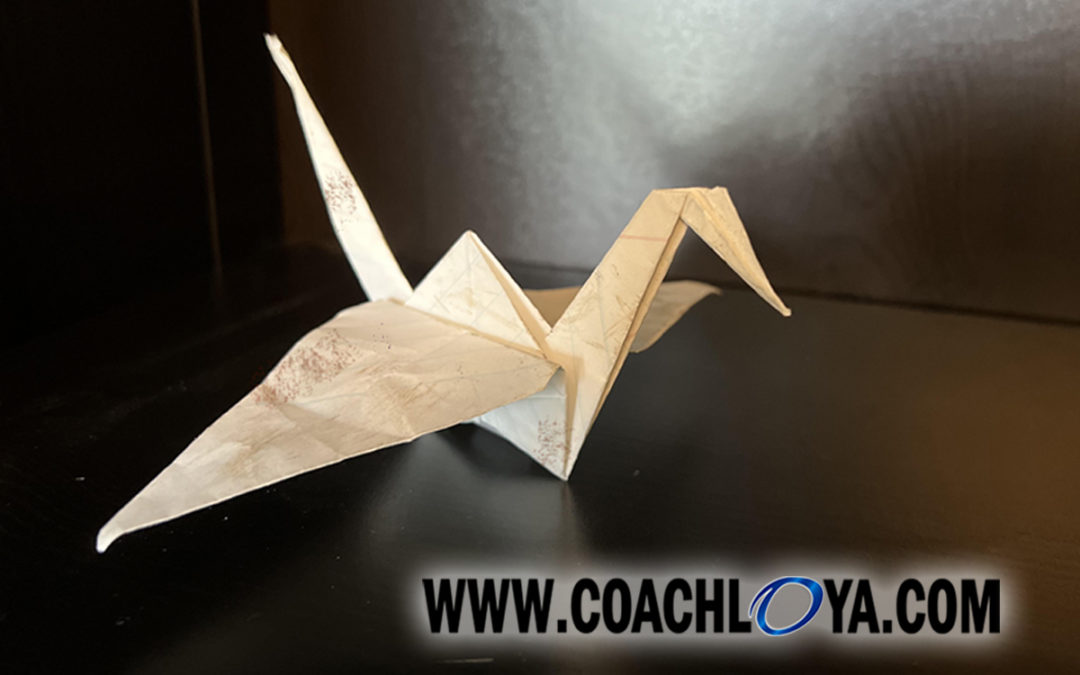Several years ago, a story circulated on the internet about a teacher and a clever bullying exercise involving a crumpled piece of paper. Although the story’s exact origins were somewhat of a mystery, its lesson resonated with readers.
The crumpled paper exercise recently resurfaced on TikTok and is now trending with an entirely new audience. If you’re unfamiliar with the original story, it goes like this:
A teacher instructs her students to remove a piece of paper from their notebooks. She tells them to crumple the paper up, stomp on it, and rub it into the dirty floor. They can mess the paper up anyway they want, so long as they don’t tear it.
She then tells her students to unfold the paper, smooth it out, and examine how scarred and dirty it now is. Her final instructions require the students to apologize to the crumpled paper for what they did to it.
The point of her exercise was to get her students to realize the lasting damage bullying causes. Even though they had apologized and tried to fix the paper, the “scars” remained. The teacher tells her students that the same happens whenever they bully another student.
Though touching and offering an important bullying insight, the crumpled paper exercise is incomplete because it neglects to include a lesson for the paper—an aspect that has relevance to the art of being a good teammate.
Despite being damaged and scarred, the crumpled piece of paper should be reminded that it still has plenty of value.
The paper can still be written on, made into a paper airplane, folded into an origami swan, or cut into a beautiful paper snowflake. In fact, because of its stains and crumpled texture, the scarred piece of paper has the potential to become uniquely beautiful in a way that an unscarred piece of paper never can.
Jealous teammates and narcissistic leaders will sometimes resort to bullying to advance their agendas. They’ll leverage their position, popularity, or power to wreak havoc on their victim’s life, which indirectly wreaks havoc on their team’s culture.
While increasing awareness and improving empathy is certainly beneficial to curbing bullying, equipping the bullying recipient with confidence and effective counter-bullying strategies is equally beneficial, especially since the victim’s response to being bullied can wreak even greater havoc on a team.
Bullied teammates can become bitter, jaded, cynical, and withdrawn—all of which lead to apathy and contribute to a toxic team environment.
Good teammates don’t bully other members of their team, nor do they allow themselves and their fellow teammates to be devalued by bullying. They resist the clutches of apathy by refusing to be held back by their scars.
As always…Good teammates care. Good teammates share. Good teammates listen. Go be a good teammate.
A response to a school bullying incident illustrates the power of a “good teammate move.”




